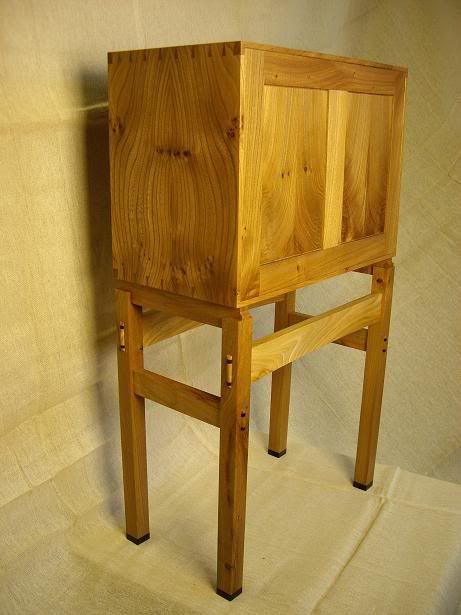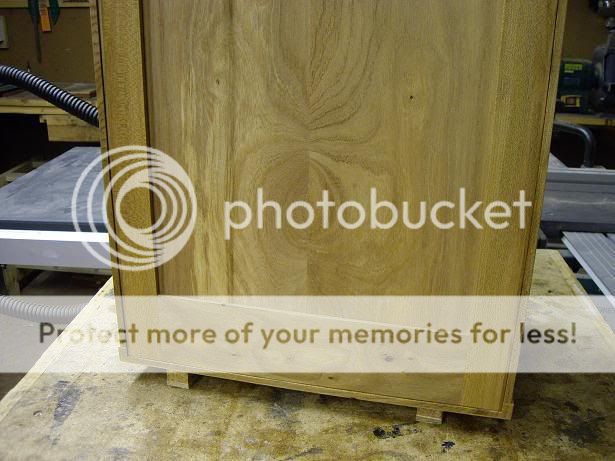Just wondered what the general concensus was.
I've made numerous tables and unit tops and generally speaking I tend not to bother biscuiting the edges. Just a good plane and some decent glue and clamp for 24 hours.
Who biscuits and who doesnt?
Just wondered
Steve
I've made numerous tables and unit tops and generally speaking I tend not to bother biscuiting the edges. Just a good plane and some decent glue and clamp for 24 hours.
Who biscuits and who doesnt?
Just wondered
Steve






